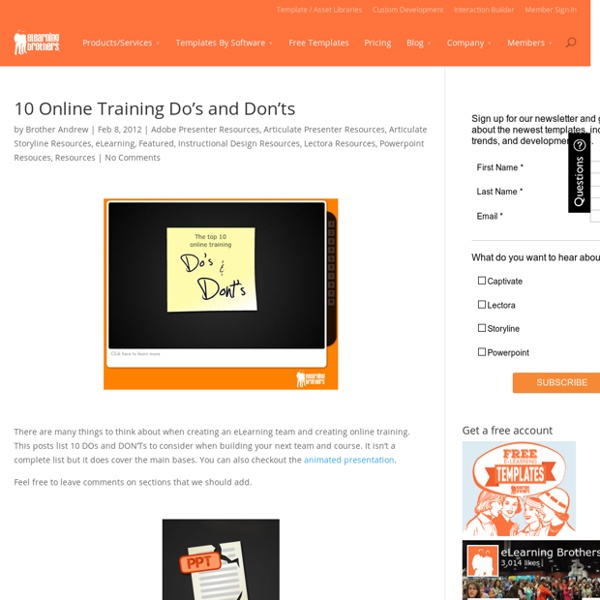Zoom
Trash
Related:



The Colors of eLearning Color impacts your courses and your learners. Choosing the “correct” colors can hinder or increase the speed of learning and retention. Colors can affect mood, have different meanings in various cultures, and bring immediate things to our minds. Here’s what we learned about each color’s psychological effect from reading Using Color in Learning. 2016 Update: We’ve added some insights from The Hidden Meanings Behind Famous Logo Colors along with adding the color pink to the list! Red is a stimulant and can evoke passion, intensity, and excitement. Orange is an antidepressant and can be used as a stimulant that is playful and enthusiastic. Yellow is another stimulant and promotes memory, optimism, and (sometimes on the other end of the spectrum) caution. Green brings tranquility and peacefulness. Blue encourages serenity and lowers the pulse (opposite of red), and invokes stability and serenity. Purple is the color of royalty, luxury, and success. White is seen as pure and clean.
5 Rules for Creating eLearning I’ve often thought that our eLearning courses are like one big presentation. We’re trying to share information but we’re also trying to capture attention. We can’t have our course just “stand there” and use a monotone voice to try and teach. We must engage, motivate, capture, and excite. Last week at Learning Solutions I ran across Nancy Duarte and a new book that she has written. Here are 5 Rules for Creating World Changing Presentations. 1. 2. Use images to convey meaning. 3. Brainstorm graphics that can replace your words. 4. Don’t put too much on the page. 5. Use fewer words and let the course narrator “connect the dots”. Check out duarte.com for some inspiration. PowerPoint templates for eLearning.
What Everybody Ought To Know About Using PowerPoint for E-learning I just got back from the Brandon Hall Innovations in Learning conference. In one of the presentations, the presenter talked about how ineffective PowerPoint was for learning. The irony of course was that he was using PowerPoint to teach this. It’s not the first time I sat through a PowerPoint session where the presenter was telling me that PowerPoint is ineffective for training. PowerPoint is still the dominant tool of choice for many in our industry and for good reason. It’s accessible and easy to use. PowerPoint gets a bad rap because there are a lot of bad PowerPoint presentations. Here’s how I approach PowerPoint so I don’t fall into the bullet point trap. Drop the Bullet Point Templates and Start with a Blank Screen Look at the images above. Once you step away from the bullet point look, you open up all types of possibilities that extend beyond the typical PowerPoint slide shows. Here is the PowerPoint file for you to download and see how it looks before publishing.
Nine Ways to Reduce Cognitive Load in Multimedia Learning - Educational Psychologist First, we propose a theory of multimedia learning based on the assumptions that humans possess separate systems for processing pictorial and verbal material (dual-channel assumption), each channel is limited in the amount of material that can be processed at one time (limited-capacity assumption), and meaningful learning involves cognitive processing including building connections between pictorial and verbal representations (active-processing assumption). Second, based on the cognitive theory of multimedia learning, we examine the concept of cognitive overload in which the learner's intended cognitive processing exceeds the learner's available cognitive capacity. Third, we examine five overload scenarios. Related articles View all related articles